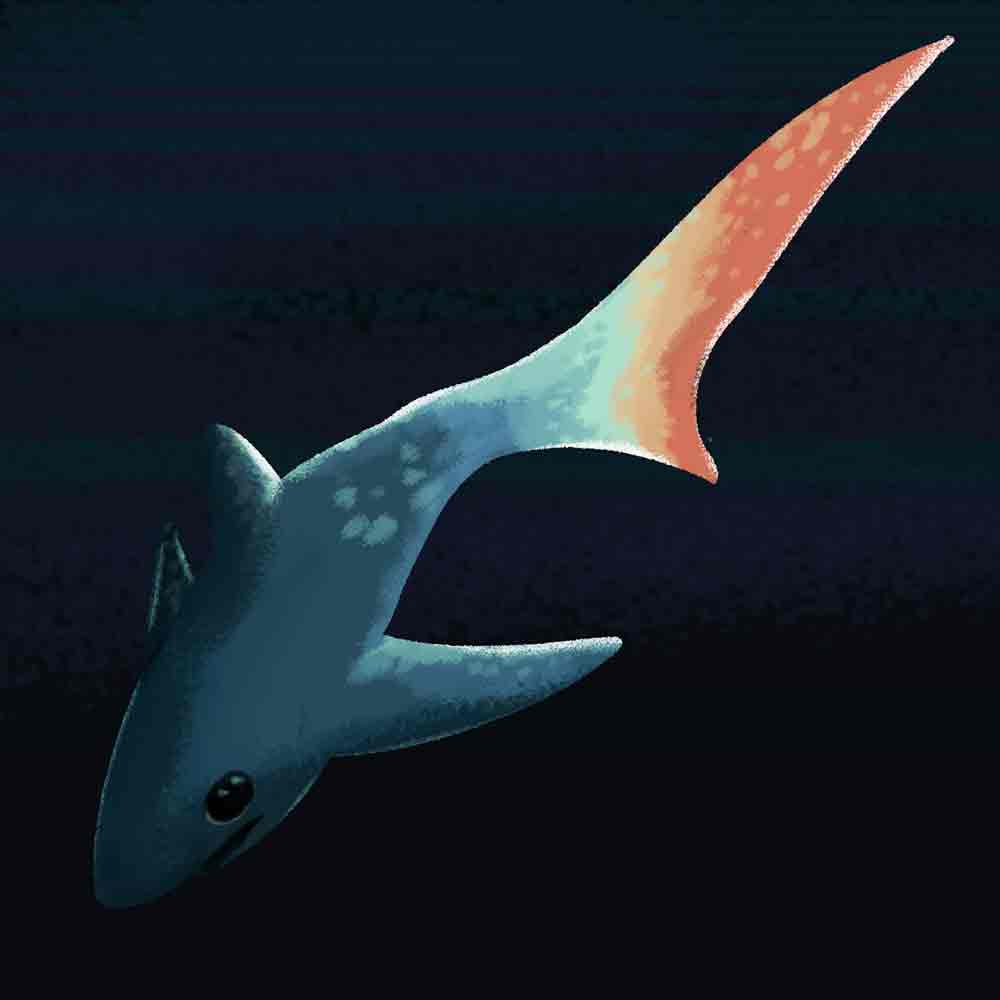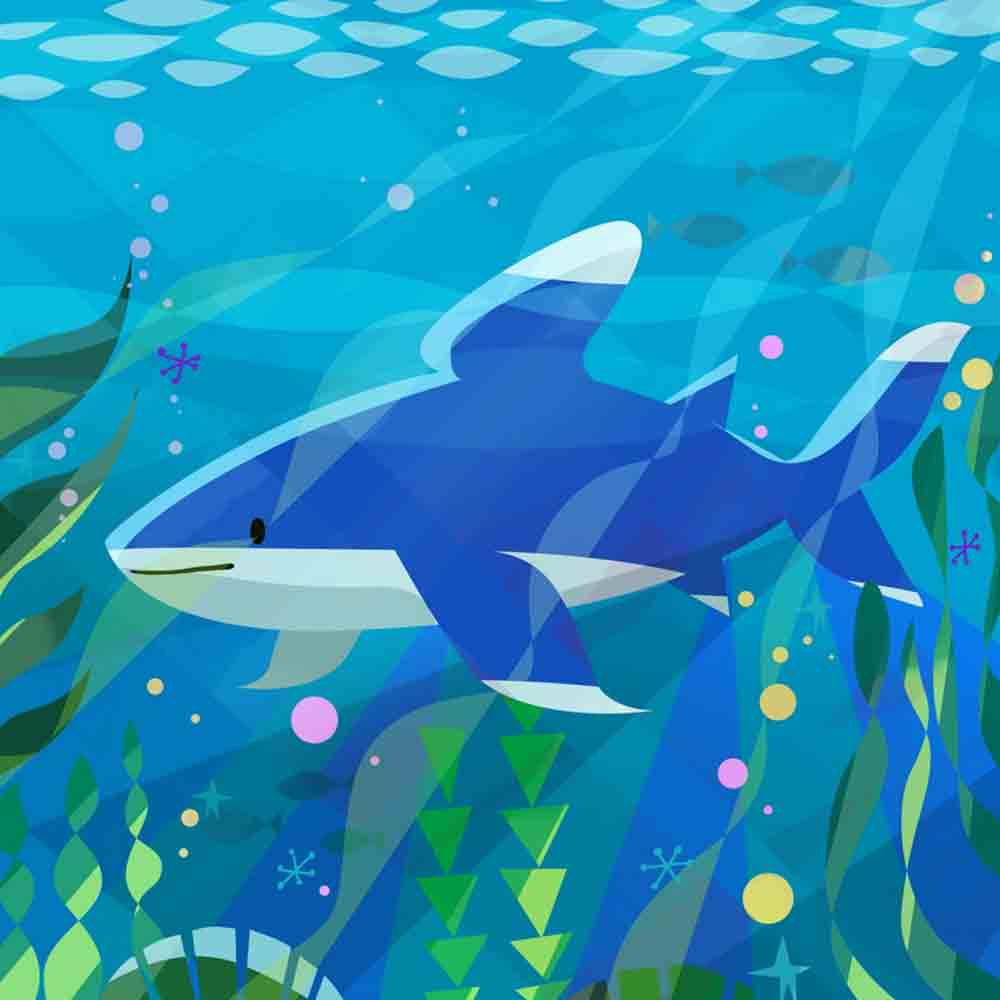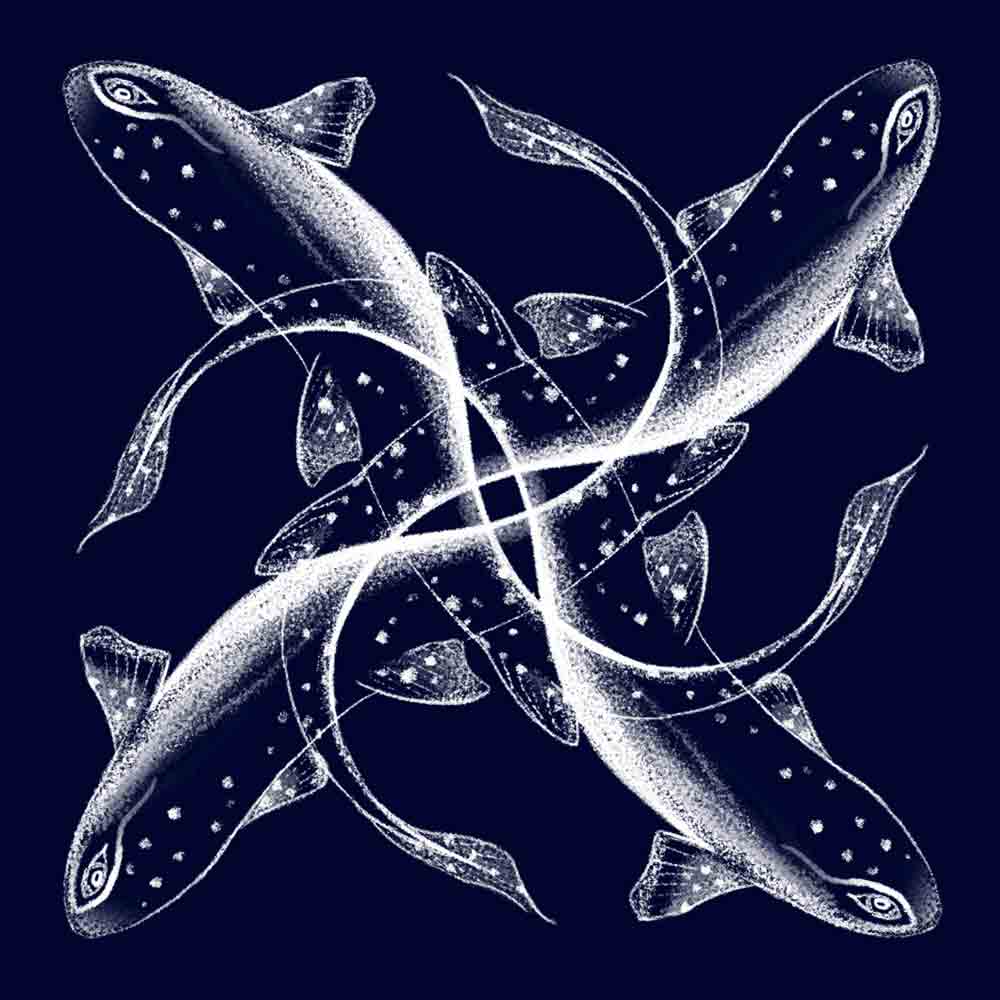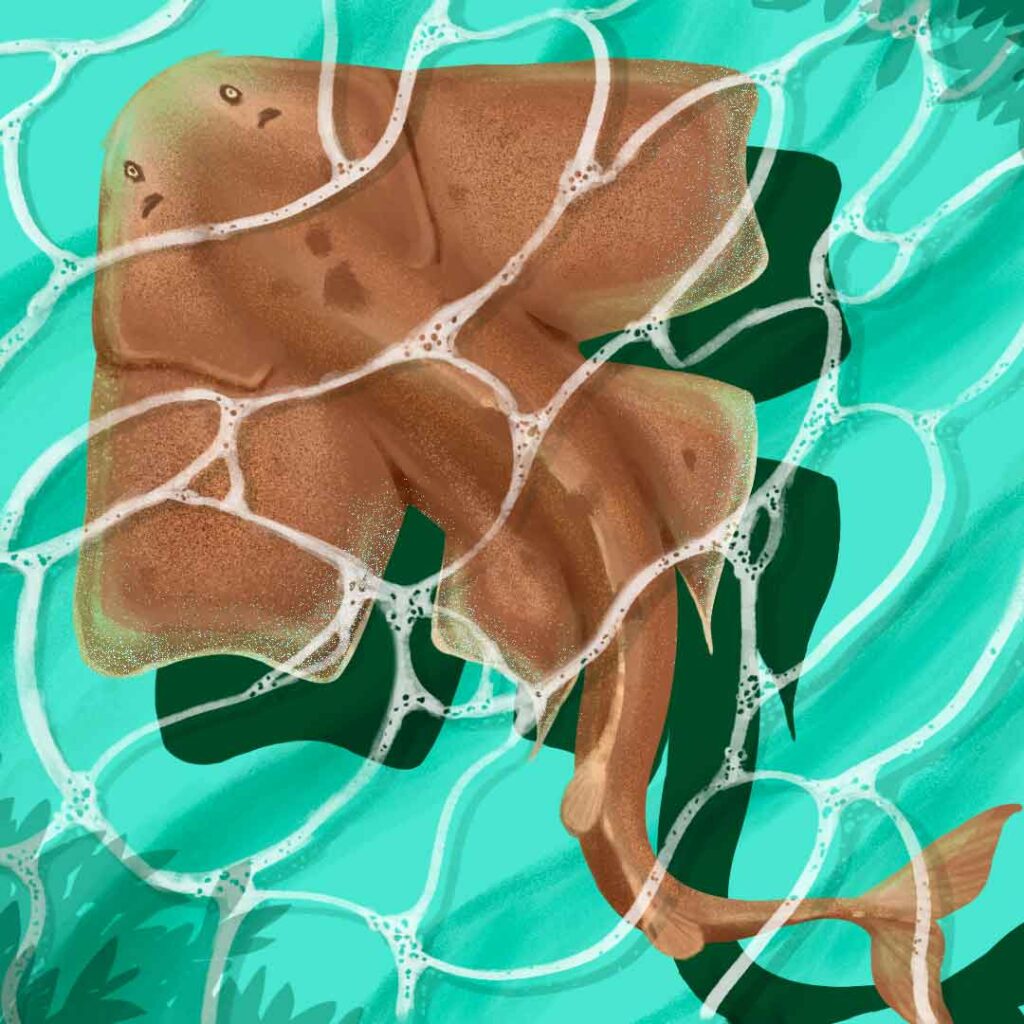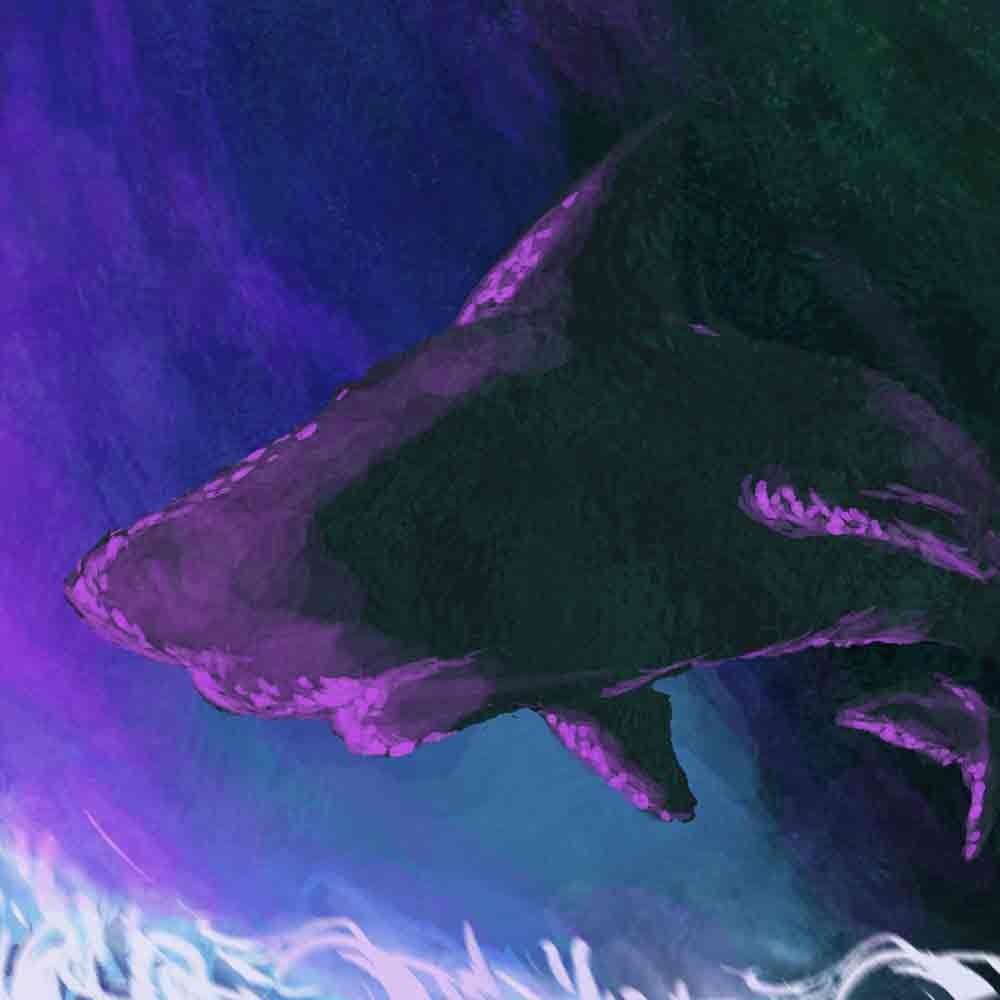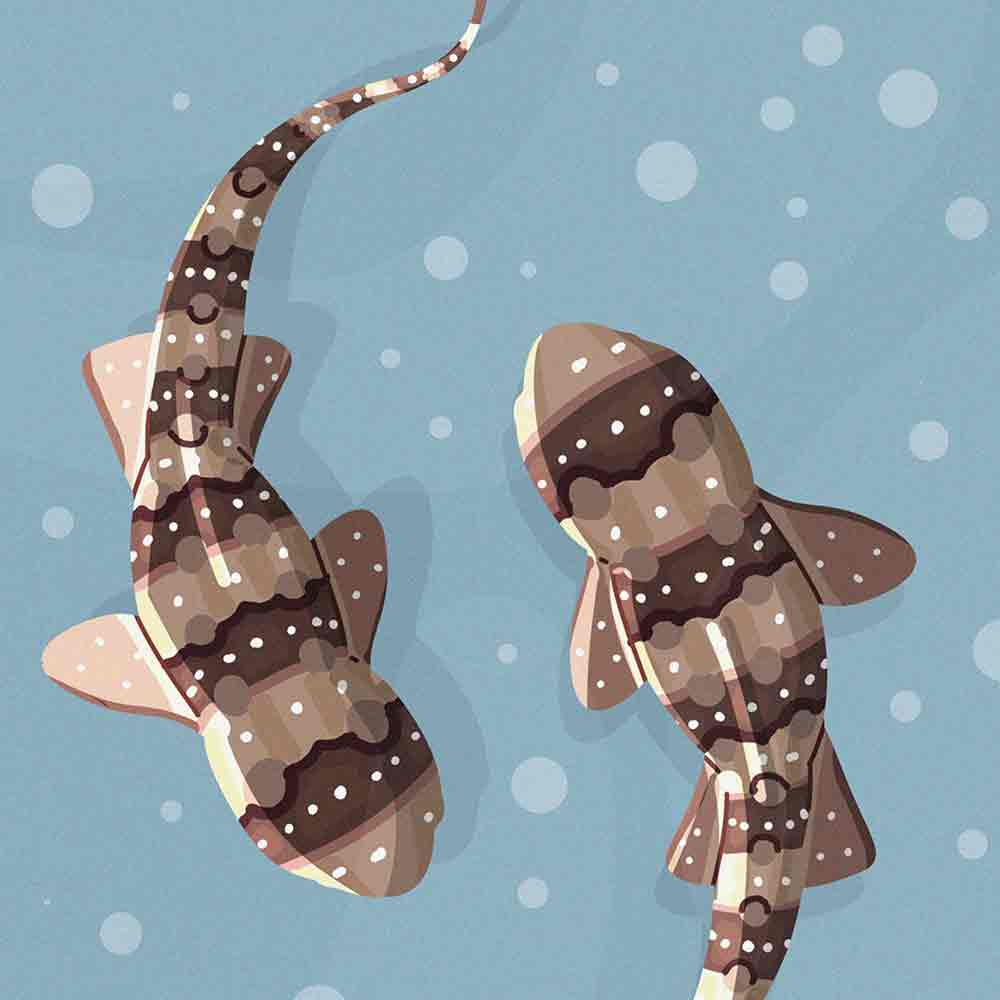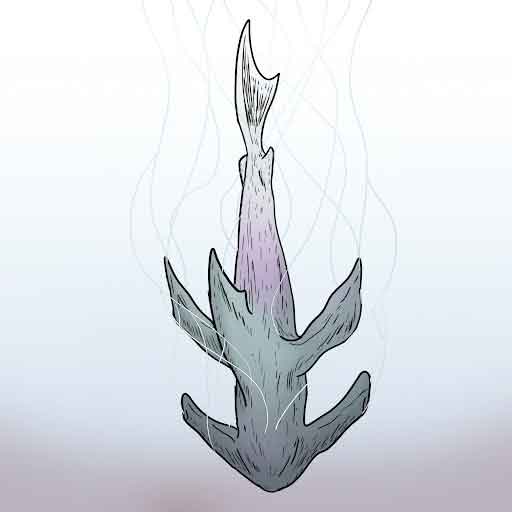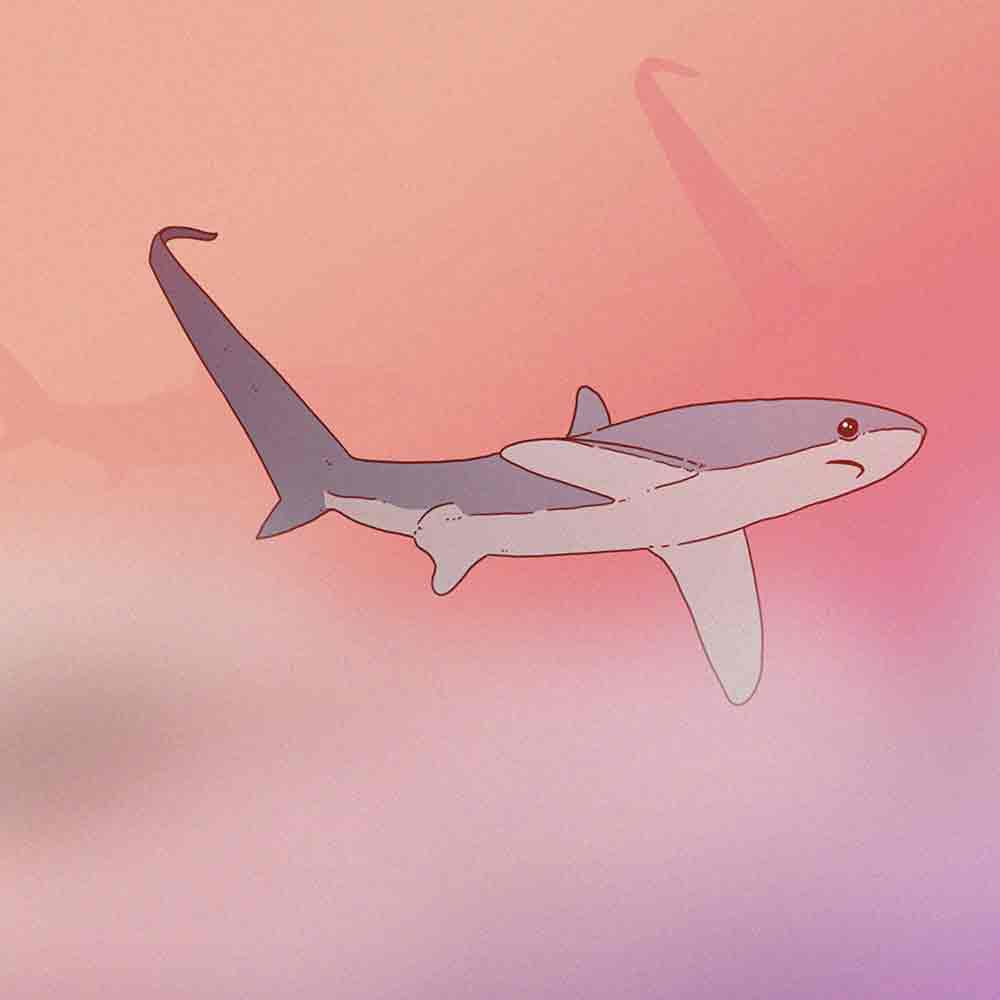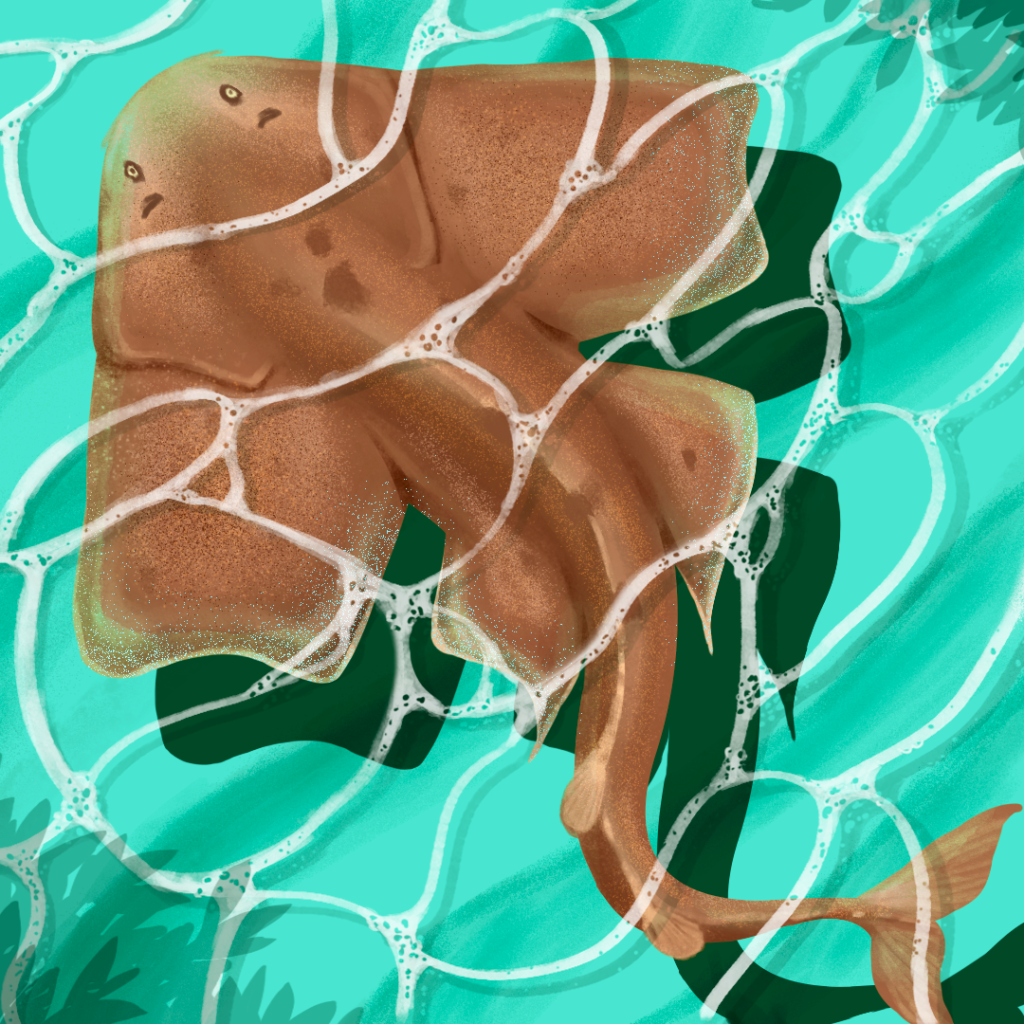S.O.S. Digital Collectibles for Real Life Conservation

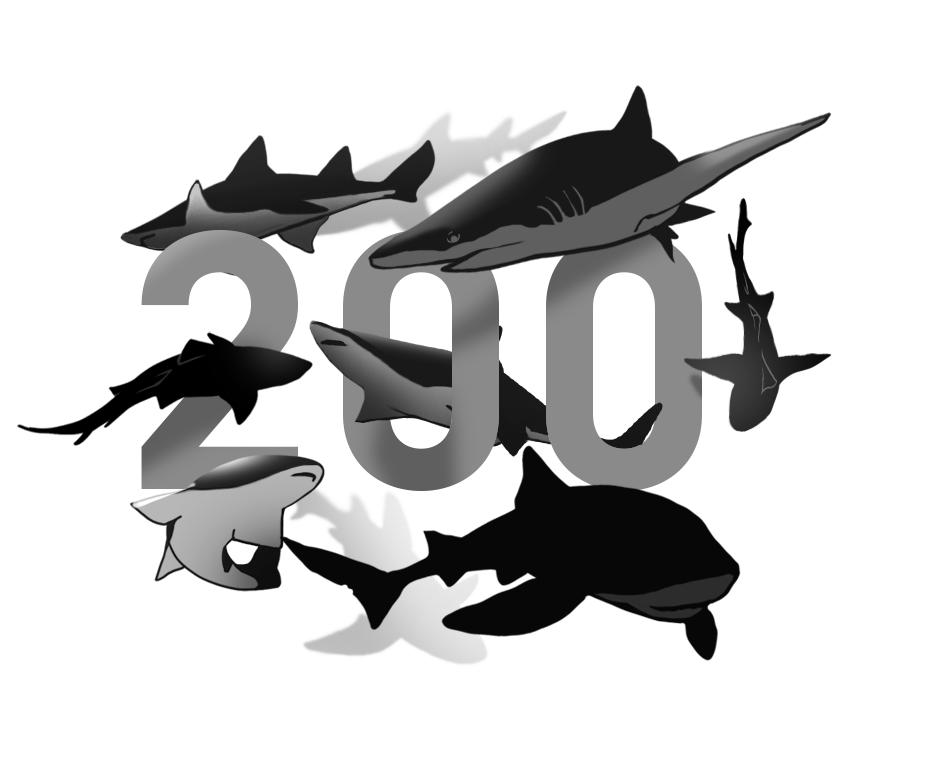
Most Filipinos are not aware that we have 200 unique species of sharks in the Philippines. Each day, many are killed due to overfishing. illegal product trade and habitat destruction. Our country currently lacks the research and laws to reverse their rapid decline.
How can we make Filipinos care and help save these natural treasures, when the sea is such a vast and unreachable concept, to most?
From the vastness of the sea, we took the cause to OpenSea, the world’s largest marketplace of digital collectibles in the metaverse. There, we released 200 one-of-a-kind digital art pieces to represent each species of Philippine shark.

To save the sharks, we asked people to save them on their mobile phones and gadgets. Using cryptocurrency, every sale translates to real money to help fund Marine Wildlife Watch of The Philippines’s research and efforts to, in turn, save the sharks in the real open sea.
S.O.S. Virtual Philippine Shark Gallery
Results

1.5M worth of digital collectibles created, with more funds earned as the sharks are traded in the secondary NFT market.
3,056,301 media impressions earned to raise shark awareness.
This year, 20 Philippine species were awarded increased protections by the 19th Conference of the Parties (CoP19) of the Convention on International Trade in Endangered Species of Wild Fauna and Flora (CITES).

@ 2022 SOS: Save Our Sharks. All Rights Reserved.
